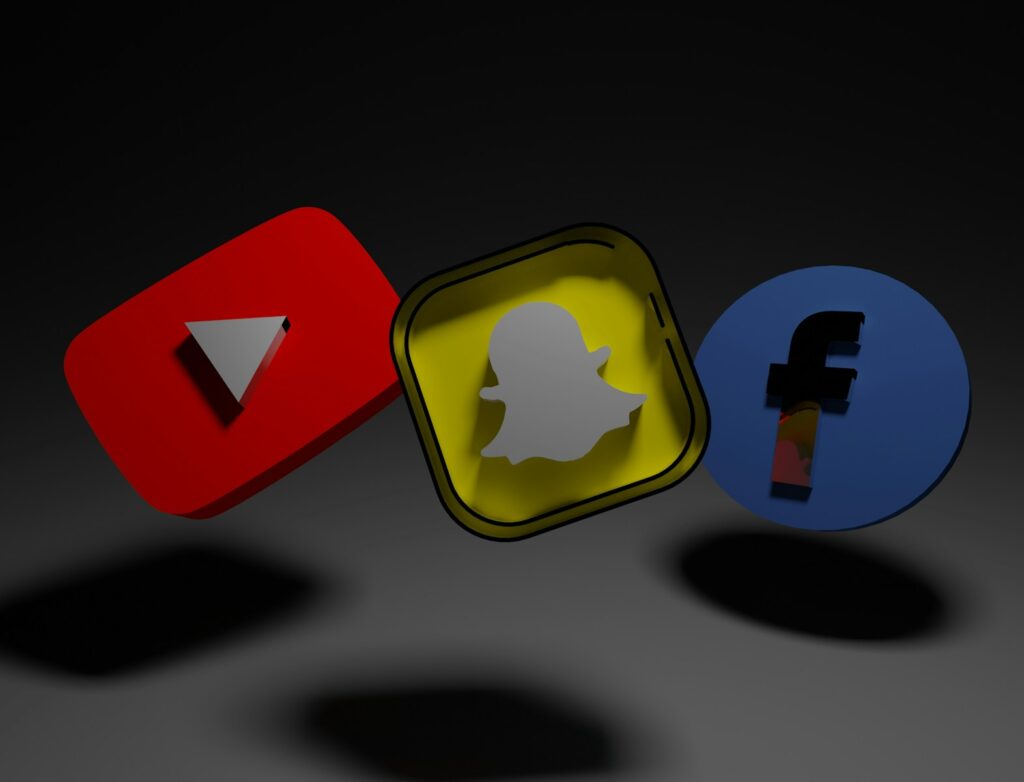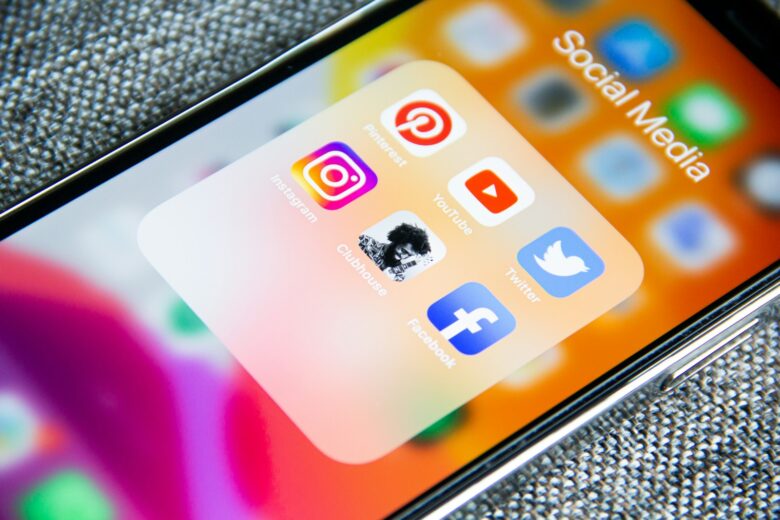In the digital age, social media platforms dominate our daily lives, significantly influencing our perceptions of reality. These virtual spaces play a crucial role in shaping how we view ourselves, especially when it comes to our bodies.
The continual exposure to meticulously crafted images and idealized beauty norms on social media has established a widespread influence. The culture that thrives on likes and validation further complicates the relationship, forming a complex interplay between social media and individuals’ body image perceptions.
In this article, we will embark on a journey to comprehensively analyze the impact of social media on our collective body image.
The Visual Deluge: Perfection at Every Scroll

Social media platforms, particularly Instagram have become virtual showcases for an abundance of visual content. From influencers with flawless physiques to meticulously crafted images of health and beauty, these platforms inundate users with a barrage of seemingly perfect bodies.
This constant exposure to idealized standards sets the stage for a distorted self-perception, leaving many individuals feeling inadequate and discontent with their own bodies.
Particularly vulnerable to this phenomenon are teenagers, whose susceptibility to these influences is underscored by alarming statistics on social media usage. In a Gallup survey of 1,500 adolescents, over half of U.S. teenagers (51%) spend at least four hours daily on various social media apps.
These platforms include popular ones like YouTube, TikTok, Instagram, Facebook, and X (formerly Twitter). This cumulative usage averages 4.8 hours per day, underscoring the pervasive impact of the visual deluge on the younger demographic.
The Filtered Reality: Beauty in the Age of Digital Enhancement
One cannot ignore the pervasive influence of filters on social media, where the line between reality and digital enhancement blurs effortlessly. Instagram filters, in particular, allow users to smooth out imperfections, enhance features, and create an idealized version of themselves.
The unintended consequence is a subtle yet potent shift in the perception of what is considered ‘normal’ or ‘beautiful.’ The widespread use of filters contributes to a culture where authenticity takes a backseat to digital perfection.
Notably, as of January 2024, the age group of 18 to 24 stands out as the second-largest audience on Instagram. According to Statista, this demographic makes up 26.6 percent of the platform’s user base in the United States.
As the popularity of Instagram and similar platforms continues to soar, so do concerns about their impact on mental health, especially among teenagers.
In September 2021, the Wall Street Journal’s revelation of the “Facebook Files” brought to light the platform owner’s internal research findings. The research indicated that Instagram plays a role in exacerbating body image issues for one in three teenage girls.
The National Library of Medicine notes that the negative impact is primarily linked to the platform fostering unhealthy social comparisons. Individuals often measure their worth against unrealistic beauty standards perpetuated on the platform, contributing to heightened insecurities and body image issues.
The gravity of these concerns has not only sparked public discourse but has also translated into legal action. Individuals are pursuing legal action against Meta through the Facebook and Instagram Lawsuit. They allege that the platform’s parent company knowingly overlooked the negative effects on mental health, body image, and overall well-being.
This lawsuit signals an increasing societal acknowledgment of the accountability borne by social media giants, as noted by TorHoerman Law. It emphasizes the need for these platforms to safeguard the mental health and overall well-being of their users, especially within the vulnerable teenage demographic.
Body Positivity vs. Idealized Beauty: The Tug of War
In response to the growing concerns surrounding body image, social media has also witnessed the emergence of body positivity movements. These movements, often led by influencers and activists, aim to challenge traditional beauty standards and promote self-acceptance.
According to Statista, between 2022 and 2023, conversations around body positivity, autonomy, and self-expression surged on Facebook and Instagram. Notably, discussions about epilators witnessed a year-on-year increase of 512 percent, while body modification conversations increased by 258 percent.
However, the paradox lies in the juxtaposition of these positive messages against a backdrop of carefully curated images that still adhere to certain aesthetic ideals. The question arises: can social media truly champion body positivity while simultaneously perpetuating unrealistic beauty standards?
Comparing Offline vs. Online: The Shifting Landscape of Body Image
As we look into the impact of social media, it becomes imperative to compare the evolving landscape of body image perceptions online versus offline. Are societal standards shifting, or are they merely taking on a different form in the digital realm?
Understanding the interplay between these two spheres is crucial for comprehending the full scope of the influence social media wields over our collective self-perception.
In conclusion, the impact of social media on body image is a multifaceted and nuanced phenomenon. While these platforms provide spaces for self-expression and connection, they also act as mirrors reflecting back idealized versions of beauty.
Navigating this digital mirror demands a conscious effort to critically engage with the content we consume. It involves fostering a culture of self-acceptance and promoting diverse representations of beauty.
In the evolving landscape of the digital age, the conversation about body image on social media remains dynamic. It demands our ongoing attention and introspection.





























